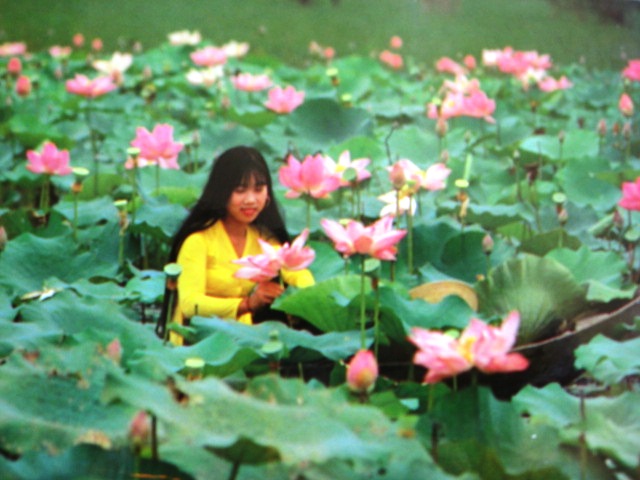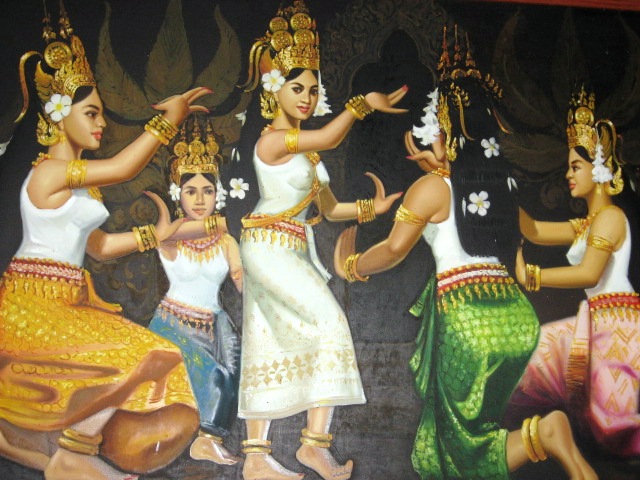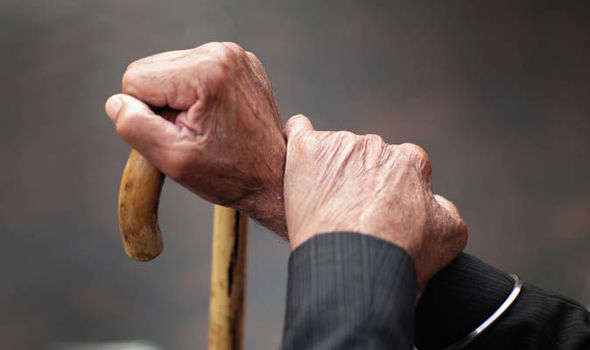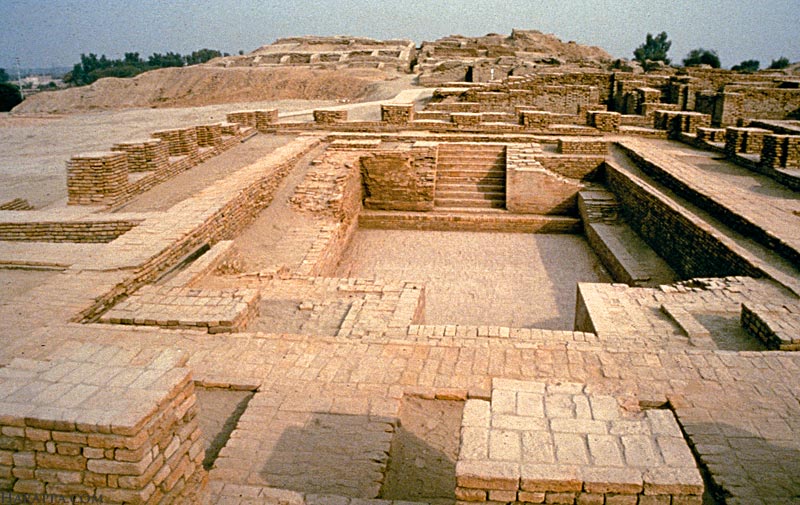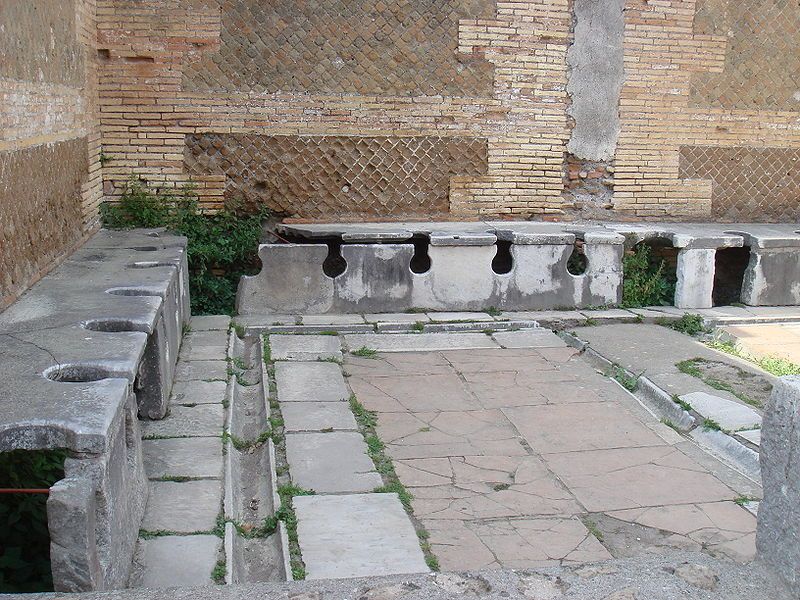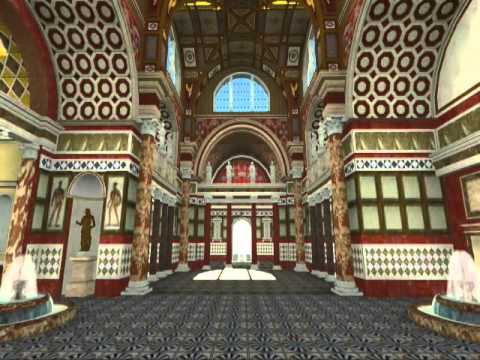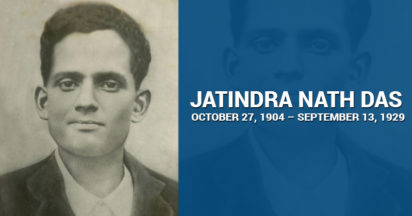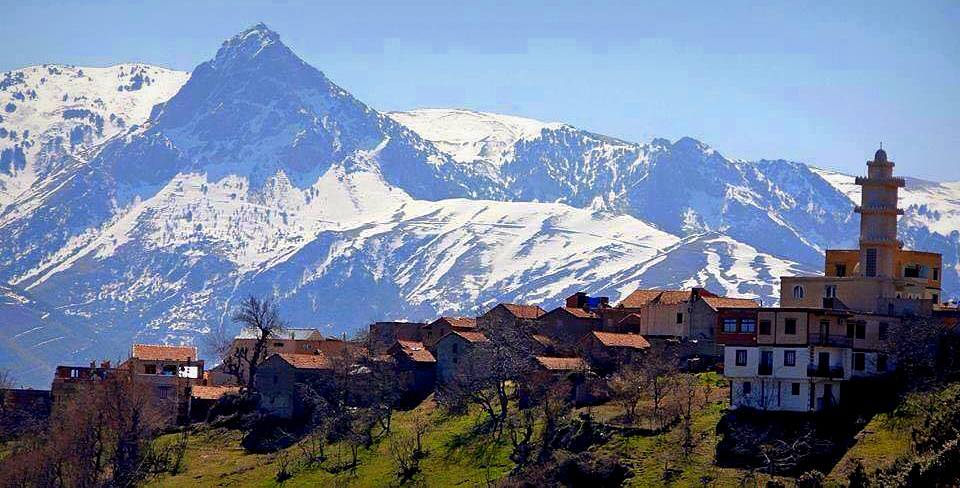
Source : Google photo of Tizi Ouzou mountains in Algeria
Synopsis : Independence and freedom come at a heavy price that we in India know only too well. The Vietnamese and the Algerians too know how much they had to sacrifice to get their freedom This blog is about Algeria and its violent struggle to gain their independence. I narrate this story from my own experience there.
I have keenly felt recently that I must write about Algeria where I spent 2 years of my professional life back in the seventies because it is a beautiful country with a very sad history of armed struggle to gain its independence from France.
On can never fail to see the similarities between Vietnam and Algeria for their struggle for independence from their colonial masters and the heavy price both have paid in blood and destruction of their beautiful countries but that is where the similarities end. I have served in both these countries and have been a keen observer of their heroic struggle in Vietnam although I arrived in Algeria in 1971 , nine years after their independence.
Algeria was a part of France that France was not ready to grant independence to so a bitter struggle ensued that lasted from 1954 to 1962 claiming over 400000 Algerian lives and hundreds of thousands more who were injured some very seriously but France also lost over the same number dead in the fight. The truth is that no one really counted all the losses although the Frenchmen did a better job of counting their dead.
The brutal 1954-1962 Algerian War of Independence saw atrocities committed on both sides with Algerian historians putting the death toll at 1.5 million Algerian victims while French historians say around 400,000 people from both sides were killed. ( Wikipedia)
While Vietnam war lasted for over thirty years that included their bitter fight to defeat the French in Dien Bien Phu in 1954 and later the Americans until they left in defeat in 1973. But Vietnam unlike Algeria was not a part of France and was only a colony that the French exploited for its rubber and minerals among other things.
I will not get into the discussion about why the Americans went to Vietnam to fight them because today I want to focus only on Algeria that I still get nostalgic about because I have lived there, worked there and knew some Algerians and keenly felt their sacrifice they had to make to become free just like the Vietnamese.
I have written a chapter on Algeria in my biography that you may read here to know about my personal experience there at the link given here :
Link : Remember Djamila -Algeria 1971 to 1973
History : Algeria is a Muslim country that became a part of France where France ruled for over 130 years and where lived more than a million French people called Pied Noirs ( black foot) who had firmly established themselves. Basically they were farmers who had set up large farms, vineyards and orchards and sent all their produce to France without any tariff because it was a province of France or a department as they called it.
The Pied noirs French became prosperous and lived in grand villas , had their own churches, own schools for their kids and own farms and vineyards that they worked hard to make productive. They never wanted Algeria to become free because they looked down on the Algerians and called them Fellahins or peasants who worked on their farms as laborers and created wealth for the French and nothing for them so the Algerians remained poor and illiterate.
Some went to France to work in their sweatshops where they were mistreated by their white French supervisors and were paid poorly but they supported their families back home from their meager salaries. They were in fact French citizens but second class citizens like the Indians who migrated to England during the British rule in India.
But the Algerians never accepted the French rule over them ever since the first French soldiers arrived back in the last century to enforce the will of France on them and fought them wherever they could with what ever weapons they had and died in vain. France was just too powerful as an adversary for these poor fellahins to they died fighting while some were jailed and beaten into submission but the fire of the desire for their independence was never put out so all Algerians dreamed that one day will come when they will become a free country.
Then came the defeat of France in the hands of poor Vietnamese in Dien Bien Phu in 1954 that rekindled the Algerian desire to fight the French because they felt that France could be defeated given the resolve of the guerrilla fighters because they were no less brave than the Vietnamese. But here, they were wrong.
Vietnam was a long way from France that created the logistic problem for them to supply their troops there but Algeria was a lot closer to France and could be supplied all their military needs easily so the French dug in and used massive military force to subdue the rag tag guerrilla fighters of Algeria . They also had massive support of the Pieds Noirs who did not want to give up their comfortable lifestyle for an uncertain future in France proper for them.
They enjoyed the Algerian climate, cheap labor for their farms and vineyards that brought them enormous profits and they could always go to France anytime or send their children to school there. The women could get all the latest fashions of Paris so they could not imagine giving these things up and let Algeria be free.
The French military took a hard line and supported the Pieds Noirs wholeheartedly because many had joined the army from Pieds Noirs families so they used very repressive methods to bring the rebel Algerians under control that included torture, summary execution and brutal methods of crowd control using stun grenades, water cannons, tear gas and batons. When that did not work, they had the armored vans and tanks to back them up by trigger happy soldiers .
But a very young group of Algerians organized their political party they named FLN ( Front pour la liberation Nationale) that gained wide support among the population although some Algerians were initially opposed to the FLN and their struggle for independence because they were pro French and their business interests and other interests were in line with France. They had studied in French schools and spoke very good French . These were the elites of Algeria who had shops and other business that depended upon the French benevolence.
But the FLN cadres were of grass root origin who saw France as oppressor and decided to fight them tooth and nail. For the first time in their history, women threw away their veils and took up guns to fight along side of their brothers, fathers and husbands and paid a heavy price. I have written about Djamila Boupacha but there were many such courageous women who fought the French. I will show their photos in the power point below.
Djamila Boupacha was a young girl who was arrested by the French secret police and brutally interrogated for days that included torture to find from her the names of other rebels and where they were hiding but she remained silent and suffered the torture. When her story was published in France , it made Simone de Beauvoir take up her case and bring it to the French all over the country. She urged people to protest on the streets of every city and town to bring pressure on the government to end the war in Algeria just like the Americans did during the Vietnam war later.
Charles de Gaulle was a war hero and highly respected in France for his role during the last war so now pressure mounted on him to fight the election and become the president of France which he did. He had made a promise to seek a solution and end the Algerian insurgency so ultimately that is what happened when De Gaulle declared independence for Algeria in 1962
.
This did not go well with the Pieds Noirs and the army that was against the independence so they hired an assassin to kill de Gaulle but this effort failed as detailed in the book by Frederic Forsythe called The day of the jackal which may be worth reading here.
Algeria is a huge country in size but not in population. The mountain range that divides the north and south of the country is called the Atlas or Djurdjura by the Algerians. South of the Atlas mountain range is the start of the dry regions of Algeria including the great Saharan desert and where there are a few settlements closer to the mountain but the last settlement is called Tamanrasset which is closer to Mali in the south where the bedouin and Touareg tribes live.
In between , there are towns like El Golea, Ghardaiia, Laghouat, Tiaret and many others but most Algerians live in the north side of the Atlas in the fertile land between the mountain and the Mediterranean sea where most of the food is grown. They grow a lot of olives in the mountainous regions of Tizi Ouzou where I used to work but in the fertile plains they grow winter wheat, oats, barley, some rice in the Mostaganem region and many other crops, fruits and vegetables so Algeria grows all the food it needs.
The Algerians are mostly Arabs but there are other minority tribes like the Berbers, the bedouines and the Touaregs who live mostly in the desert regions of Tamanrasset in the deep south. The Berbers are spread out in the north Africa called Maghreb and mostly live in the hills of Tizi Ouzou or other such cool places but are also found in large numbers in Morocco and other countries. The Berbers are not Arab, have their own language and their women do not wear veils and wear very colorful clothes and beautiful jewelries. Their culture, their food and their clothes are very distinctive and beautiful.
But in the paradise called Algeria that is now prosperous and making great progress in the development of its infrastructure, there is a dark shadow looming over it called the Islamic fundamentalists. A few years ago they started an armed movement to turn the country into an Islamic state with strict sharia laws so they killed at will anyone opposed to them and their brutal ideology. The whole country suffered in their hands but the Algerian government crushed their effort with massive military offensive . No one was better suited than the Algerian government to fight the Islamists because they had long experience in fighting the French using guerrilla warfare.
I have fond memory of Algeria and have written extensively in my biography. In those days the country was slowly transforming itself into a modern state so the infrastructure development like roads and public housing, schools and hospitals were given priority. Now I understand that the country has made tremendous progress everywhere so I will present some photos of modern Algeria in my power point that you will see below.
I will also present a power point on the jewelries of Beni Yenni made by the Berbers in that village in Tizi Ouzou that I am sure you will like.

Source : Google photo of Beni Yenni jewelry in Algeria
But the main power point is on Algeria, past, present and its fight for independence. I will also present here the full award winning movie called The battle of Algiers that will high light the French high handedness in the war and the sacrifices the Algerians made for their freedom.
Some of you may find watching The battle of Algiers a bit hard because it is quite graphic and has almost a documentary feel to it due to its use of ordinary people in the movie but you will not be not impressed by the sacrifices they made to gain their freedom.
The role of Casbah : If you ever go to Algiers, you will see the casbah or the old section of Algiers where the locals live in a bee hive fashion on a hill side with twisted narrow lanes and very crowded houses in maze like quarters. There are very narrow streets that you have to climb through hundreds of steps where one can jump from roof top to roof top. You will also see the blown up houses that are shown in the movie that have not been cleared to remind everyone what happened there.
The FLN fighters took shelter there and were hidden by the supporters at a considerable risk to themselves because the French soldiers killed people there at will and almost wiped out the upper echelon leadership of the FLN but the revolution continued in the hills and in the provinces throughout the country that was guided by new leaders like Ben Bella, Houari Boumediene and Bouteflika among many others. I had a chance to see President Boumediene when he visited Mostaganem with Fidel Castro and I was audacious and perhaps foolish enough to approach his limo to take a few pictures in 1972.
If you go to Tizi Ouzou, you can still see the wrecks of aircrafts and tanks wedged in the ravines of the Djurdjura mountains that the FLN destroyed.
I had many good as well as not so good experience in Algeria and often wondered at the waste of materials and human resources in the department of agriculture but they were still learning the process of governing a big country because the FLN guerrillas knew only fighting who were now the government so it was a slow process for them and they made many mistakes.
I am sure Algeria now has become the modern state that it wanted to be and has gained the experience it needed to run the country efficiently. The photos posted in my power point show a different and better Algeria than the one I knew in 1973. I wish them all the success from my heart. If you are reading this blog in Algeria, I want you to know that I admire your strong determination and courage shown by your people. Djamila Boupacha is also my heroine.
1. Power point on The jewelries of Beni Yenni in Algeria
[office src="https://onedrive.live.com/embed?cid=73E91E206EF5176A&resid=73E91E206EF5176A%21261&authkey=AI98WXI3qS2om8Y&em=2" width="402" height="327"]
Link : https://1drv.ms/p/s!AmoX9W4gHulzggVyDI37R6N9-mZO
2. Power point on Algeria called " Incredible Algeria "
[office src="https://onedrive.live.com/embed?cid=73E91E206EF5176A&resid=73E91E206EF5176A%212430&authkey=ACpMByGatZu3XBA&em=2" width="402" height="327"]
Link : https://1drv.ms/p/s!AmoX9W4gHulzkn61TYbzUFGx-Q_9
3. The movie The Battle of Algiers ( with English sub titles )
4.The role de Gaulle played in the independence of Algeria Source : U tube video
5. The pre and post independence political developments in Algeria
Note : My blogs are also available in French, Spanish, German and Japanese languages at the following links :
tumblr posts
Blogs in French
Blogs in Spanish
Blogs in German
Blogs in Japanese
Anil’s biography in Japanese
Anil’s biography in French.
Anil’s biography in English.
Anil’s biography in Spanish.
Anil’s biography in German
http://achtrjee.wixsite.com/mysite/blog
